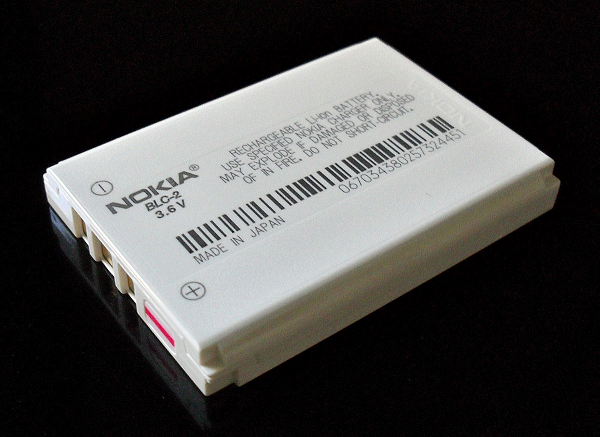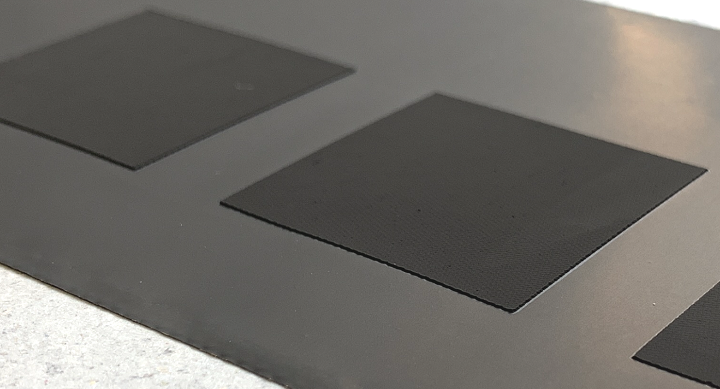There’s nothing worse on Christmas morning than when your kid opens a present to find a shiny, noisy, lights-blinking toy with the words “BATTERIES NOT INCLUDED” stamped across the front of the box. Let’s face it, these energy storage devices are something we can’t live without these days, so it’s nice to know that many researchers are investing time and resources into figuring out how to 3D print batteries. Granted, it won’t be much help this Christmas, as batteries aren’t the sort of thing you can quickly print out on your average desktop system. But, there are other advantages to 3D printing batteries.
Blackstone Resources AG, a Swiss Holding Company, is focused on the battery metals market, and has been investing in next-gen battery technology through its German subsidiary, Blackstone Technology GmbH. The company just announced that it’s reached several big milestones in its quest to fabricate lithium ion solid-state batteries with its proprietary 3D printing technology.
“Blackstone Resources AG is convinced that it can produce reliable lithium-ion batteries with higher energy density levels, in large quantities and at lower costs. The goal is to bring costs well below EUR 80.00 per kWh. This would represent the final breakthrough in storage technology,” the company states on its website.
While traditional battery cell designs use liquid or polymer gel electrolytes, solid-state batteries use solid electrodes and a solid electrolyte. They can be safer to use, as they don’t require flammable liquid electrolytes, but cost a lot more money.
Blackstone says that using its patented 3D printing process to make batteries has many advantages compared to conventional forms of manufacturing, such as a higher number of charging cycles and much lower costs, in addition to a more than 20% increase in energy density and more production flexibility in terms of the cell format.
“The patented 3D-printed battery technology that Blackstone has developed offers 25% more energy density than conventional lithium-ion batteries, due to its disruptive process technology. Almost any geometry in addition with thicker layers can be printed. Multi-layer batteries are also possible, which offer higher voltages at a cell level,” the Blackstone website continues.
“3D-printed battery technology is key to manufacturing solid-state batteries (SSBs) on a large scale. By developing solid-state battery printing technology, Blackstone will be able to double the energy density of the batteries it produces at a much lower cost. Moreover, it will be able to supply itself with its own battery metals during this process.”
Additionally, by fabricating batteries with 3D printing, Blackstone can reduce the amount of materials that don’t store any energy, like aluminum and copper, by up to 10%.
The company is now moving to the next level, and plans to produce 3D printed solid-state battery cells, and in fact has already created and tested its first SSB prototypes. Now, Blackstone is working to further develop its technology so it can 3D print SSBs for mass production.
“Together with the developments we have made in 3D-printing battery technology to date, this development paves the way for the mass production of solid-state battery cells,” stated Holger Gritzka, the CEO of Blackstone Technology GmbH. “In addition to major markets such as the automotive industry, marine applications and new 5G wireless networks would benefit from the advantages that 3D-printed solid-state cells can offer.”
By using automated 3D printing to make SSB lithium-ion batteries, Blackstone can save up to 70% of the CAPEX (capital expenditure for goods or services recorded) it normally uses to produce them, which the company says “could be a game changer” for SSB production, and show that it’s capable of creating the battery casings, composites, and solid-stated electrolytes that are necessary for mass producing solid-state lithium-ion batteries.
(Source: MarketScreener)
Subscribe to Our Email Newsletter
Stay up-to-date on all the latest news from the 3D printing industry and receive information and offers from third party vendors.
Print Services
Upload your 3D Models and get them printed quickly and efficiently.
You May Also Like
Metal Powder Supplier Elementum 3D Added to $46B Air Force Contract
Elementum 3D, a Colorado-based developer and supplier of metal powders used in additive manufacturing (AM), announced that the company has been added to the vendors list in the fourth on-ramp...
Ursa Major Lands $28.6M AFRL Deal for 3D Printed Draper Engine Flight Demo
The US Air Force Research Laboratory’s (AFRL’s) Rocket Propulsion Division at Edwards Air Force Base has awarded a $28.6 million contract to Ursa Major for follow-on work related to the...
3D Printing Financials: Rocket Lab’s Record-Breaking Year and Over 20 Launches Coming in 2025
Rocket Lab (Nasdaq: RKLB) closed 2024 with its best year yet. The company launched more rockets, signed more contracts, and expanded deeper into spacecraft and satellite production than ever before....
US Air Force Taps Beehive to Study 3D Printed Jet Engines
Propulsion 3D printing firm Beehive Industries secured a contract from the U.S. Air Force Life Cycle Management Center through SOSSEC. SOSSEC is a company that manages Other Transactions Authority (OTA)...





































